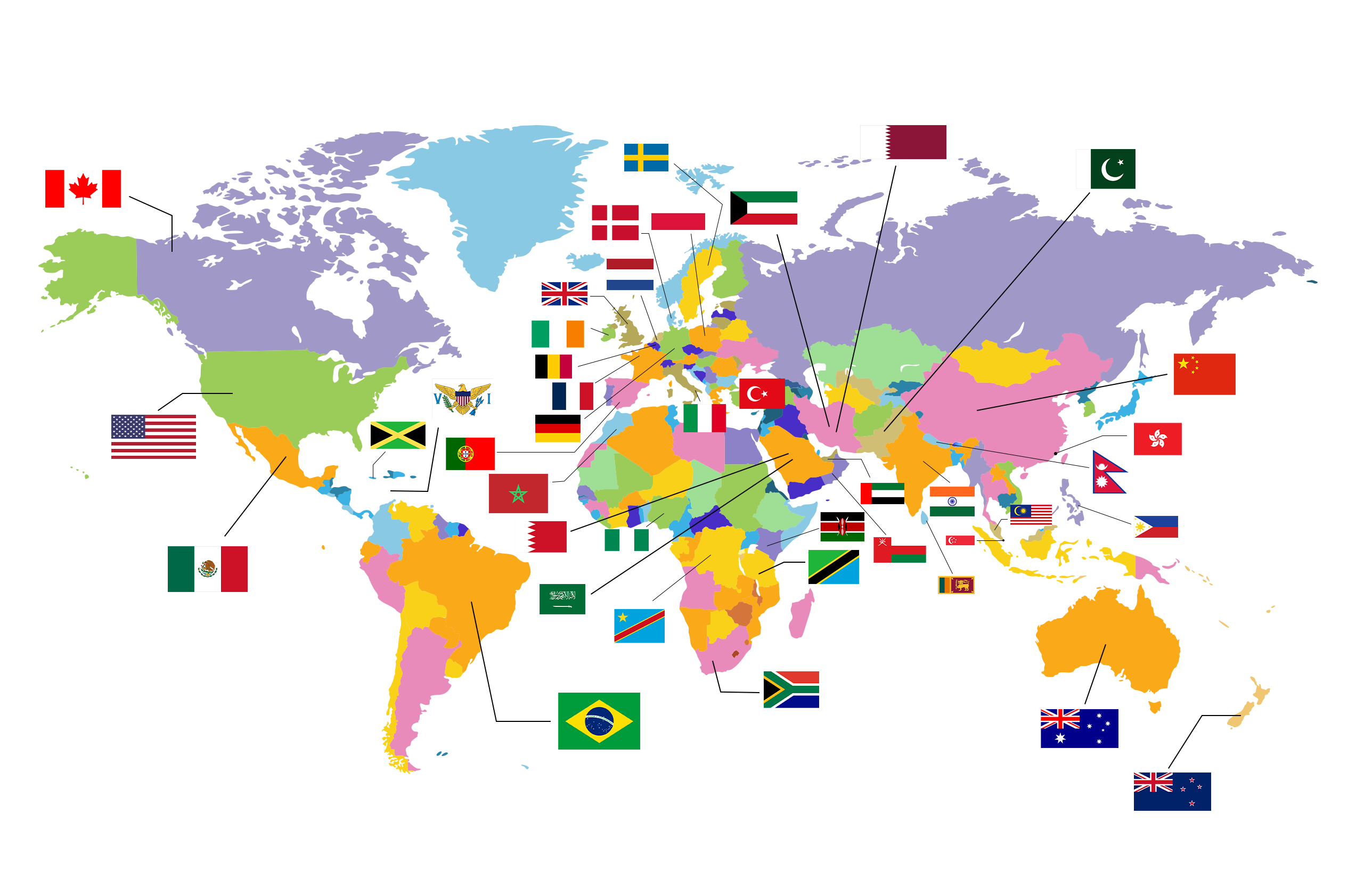Did you ever glance at the small columns on the food packets that indicate the nutritional facts? You can check out the next time you get any packaged food only to see what good it holds for you. The Ministry of Health and Family Welfare in September 2008 made it compulsory for all packaged food manufacturers to have a nutrition facts label on their products, which makes it easier for the consumer to know the quantity of nutrient they are consuming. Many of us do read these labels, but do we understand them? Today, I am going to tell you how to use this piece of information more effectively and easily.

Now the most important thing to keep in mind is to read the nutrition facts label of the product you buy, it will help you understand and know the product you are going to eat. Hence, one should read the food label thoroughly.
The label will start off with the serving size. Now, this is where majority of us go wrong, we don’t understand the serving size. Serving size tells us how much of that product is considered to be a normal serving. For example, serving size of a potato chip is 25 g, this is considered to be the normal size. What we do is we tend to eat more than the serving size, sometime even double or triple the amount. So one must be cautious and check the ‘net weight’ of the product, to know how much more you are consuming than the serving size. The calories and other nutritional information is based on one serving size, so if you eat double the amount mentioned in the serving size, you consume double the calories and other nutrients, which ideally could be too much, taking into consideration the recommended daily intake of each nutrients.
The second most important consideration is the nutritive value of the product. The values mentioned below are based on the serving size declared on the product. These include the calories, proteins, carbohydrates, fats which also indicates the presence of saturated and unsaturated fatty acids, cholesterol, calcium, sodium etc. which gives an information whether the product should be avoided in certain health conditions. For example, cholesterol intake should be limited for people suffering from heart diseases.
At the bottom of the label, there is a small note showing the percentages of certain nutrients that one must consume on his/her 2000 or 2500 kilocalorie diet per day. These are the % Daily Values’ which is the recommended levels of intake but only for 2000-2500 kcal diet. These values help you determine if the product is high or low in any nutrient.

Also one must read other details mentioned on the food label as a precautionary measure. For example a person suffering from gluten allergy should check whether the food product is gluten free or not. Likewise people should check for presence of substance to which they are allergic to, so that they don’t develop allergic reaction after the intake of that product. Looking for the expiry date is most important as it can cause a negative effect after consumption since each product has its own shelf life. One should also check if any kind of preservatives, food colors etc is added since it can initiate an allergic reaction to highly sensitive individuals. People who are vegetarians should also keep in mind that there are non vegetarian food additives examples include lecithin, gelatin which is not suitable for vegetarians. Hence special attention should also be given to food additives
Special attention should be given to kind of storage required. For example most of the packed products require refrigeration as it increases its shelf life.
The Nutrition Facts label will not only help you limit those nutrients you want to cut back on but also to increase those nutrients you need to consume in greater amounts, thereby helping you to make more healthy choice without taking help of your nutritionist. So the next time you’re in the supermarket you will be wise enough to make smart healthy choices.
Eat Wisely, Stay Healthy


